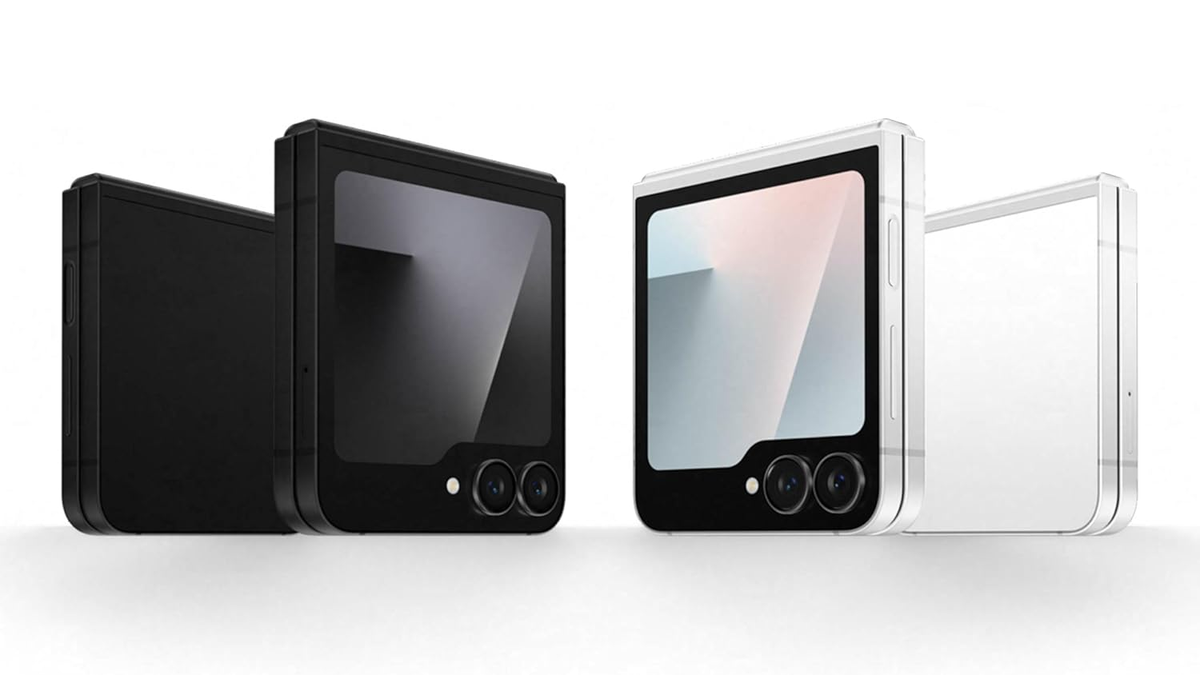Not a day passes without someone pushing forward some new dishwasher hack, whether it’s something new and wild or just an old idea being recycled again.
As someone who spends a lot of time with dishwashers for reviews, the hacks I’ve seen vary from the obvious to the outright dangerous and stupid.
Here are some that I’d avoid or at least tweak.
Tilting the top basket to prevent water from pooling
It’s a bit annoying that mugs often come out of the top shelf with a little water on them, which needs to be wiped off with a tea towel. In one video that I’ve seen, the proposed solution is to drop the top rack on one side so that it sits at an angle and water runs off.
Brilliant, only doing this makes the rack sit in a way it’s not designed to do and will reduce cleaning performance. That’s because underneath this rack is a spray arm, which connects to the water supply at the back when you slide the rack shut.
Put the rack at an angle, and you can miss that connection entirely or form a poor seal. And then, even if water does get through, the spray arm is set at an angle and won’t spin properly, or it will hit plates below, reducing wash performance.
It’s better to place mugs at an angle if you can. If wet mugs really bother you that much, then look at the Hotpoint Hydroforce H8I HP42 L UK instead, which has a top rack with a special mug holder.

Arguing about which way to place cutlery
There’s often a debate over whether to put all cutlery handle-down in the cutlery basket, all cutlery pointing down, or a mix with knives pointing down and everything else pointing up.
The answer, if you have a cutlery basket (a cutlery tray at the top is different, as everything lays flat), is the last option, with knives and sharp items pointing down and everything else pointing up.
Why? Look at the cutlery basket. It should have a fold-up lid with cutaways that separate the cutlery for improved cleaning. This lid should be in place, and the size of the holes makes it clear that with spoons and forks, the cutlery must go in handle first.


Knives can go either way, but should be placed with the handle pointing up, with the sharp end kept in the basket. That’s for safety: as reported in The Guardian, someone died in a freak accident from falling on a knife in an open dishwasher.
If you’ve opened the lid of your basket, then put knives in pointing down, and then alternate the orientation of forks and spoons to improve separation and cleaning performance.
Not using the detergent dispenser
Some people don’t like the detergent dispenser, and some people advise throwing the tablet straight into the bottom of the tub. It works, to a degree, but is generally sub-optimal.
Dishwashers are programmed to do different things at different times, starting with a pre-wash phase, then moving to the main wash cycle, when the dispenser opens and the detergent is released when it’s most needed.
Putting the detergent in the tub risks it dissolving before the main wash cycle, leaving you with dirty dishes that you have to wash again. Likewise, the detergent manufacturers mostly design their tablets to work with the dispenser for the main wash, as you can see from the advice from Finish.
Issues do occur with detergent dispensers. I’ve found that eco-friendly tabs with dissolvable wrappers are the worst. Often, the wrapper partly dissolves and just sticks the detergent to the inside of the drawer, where I’ll find it after the wash.
That’s not a fault with the dishwasher; it’s a fault with the design of the dishwasher tablet. However, some dishwasher detergent brands explicitly state that the tablet should go at the bottom of the dishwasher tub. In other words, read your dishwasher’s instructions and the detergent’s instructions and do what they say.











